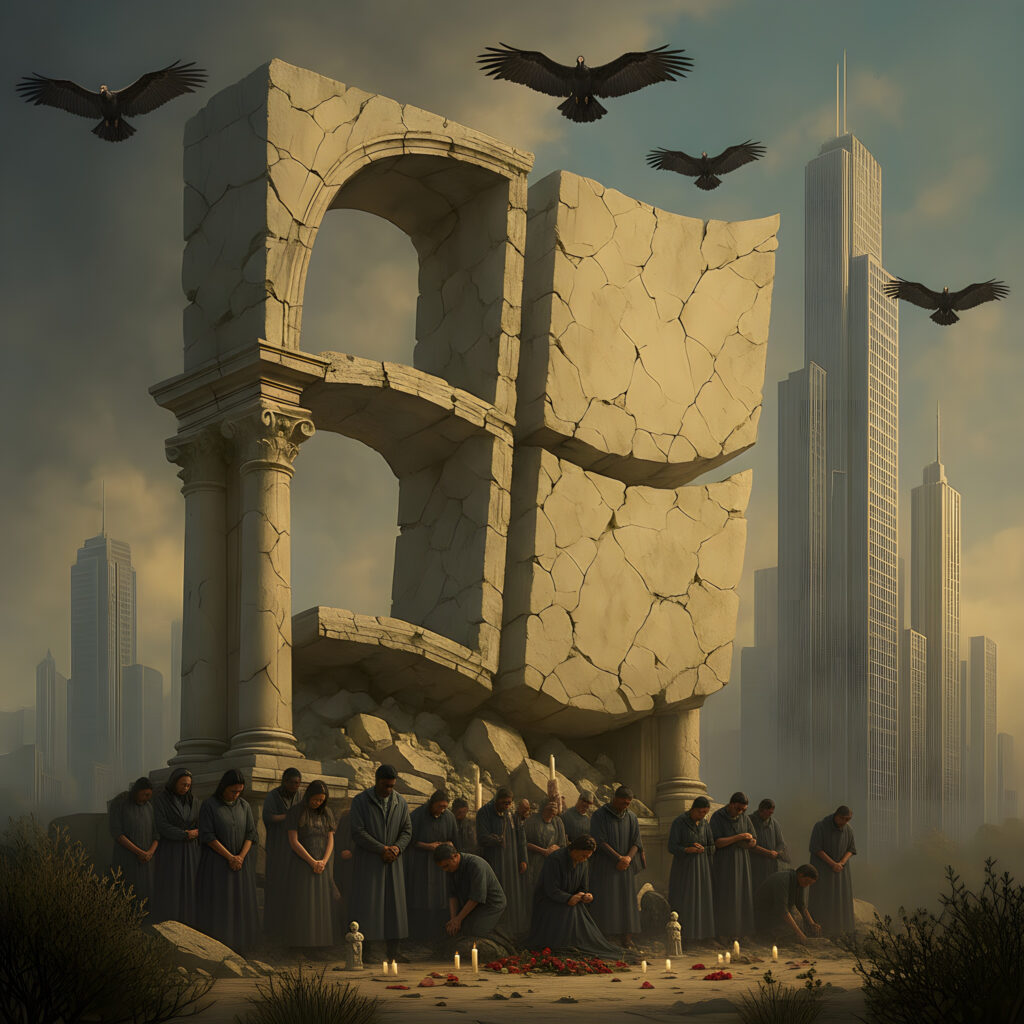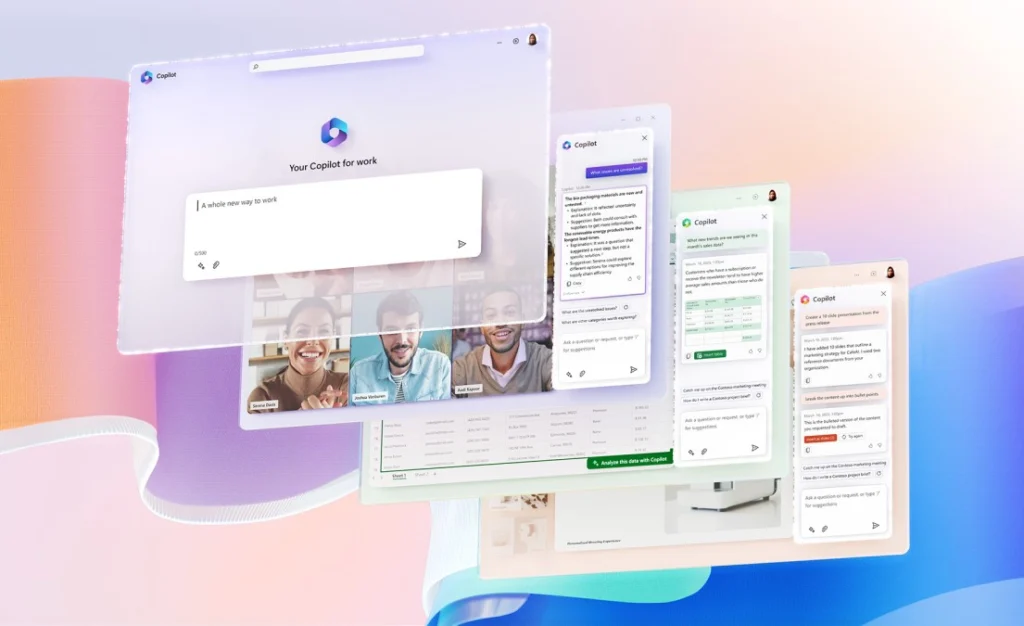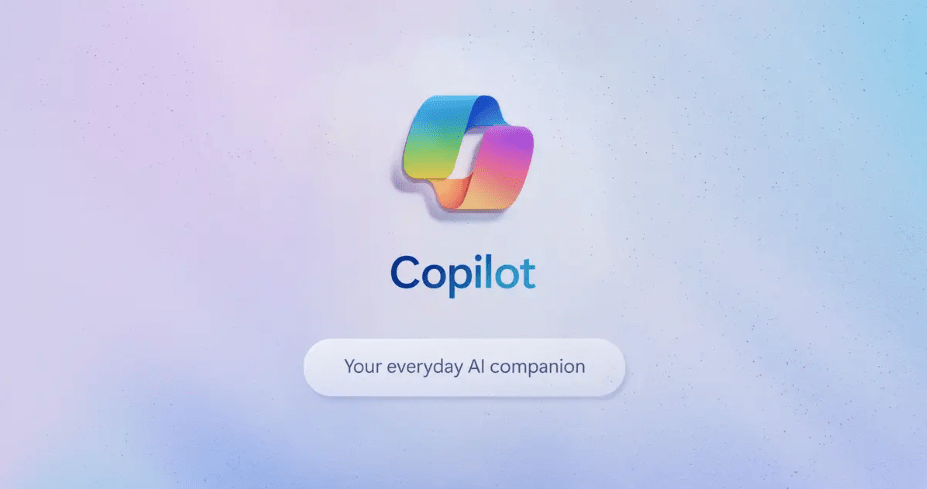If you give away something to someone who was never going to buy it anyway you haven’t really lost anything. That is especially true when the something is digital–like the Windows operating system–so there aren’t any additional material costs or overhead involved. Of course, it would be much better if those customers did pay for it, or at least contribute something to the bottom line.
That’s probably why Microsoft appears to be using a drug dealer strategy when it comes to software pirates using stolen, unlicensed copies of the Windows operating system. Give those software pirates a taste of the new OS for free to get them hooked and then offer additional apps and services they’ll have to buy in order to continue to get the most from the experience. Most probably won’t still, but if Microsoft can extract money from any of the millions of moochers stealing the Windows operating system then the strategy is a success.
I wrote a blog post about the bait-and-switch possibilities of this free Windows 10 strategy:
Last week, at the WinHEC (Windows Hardware Engineering Community) summit in China, Microsoft announced that Windows 10 is expected to officially launch this summer. It also stunned the tech world with news that even pirated versions of Windows will be eligible for the free upgrade to Windows 10. At face value, it may seem like Microsoft is simply caving and giving digital amnesty to millions who are using Windows illegally, but there’s most likely a method to the madness.
There are two possible motives for allowing pirated versions of Windows to be upgraded for free. Microsoft appears to be going through a transition in terms of the Windows business model. It’s also possible that Microsoft could pull the plug on those pirated versions of Windows 10 at some point in the future.
Hook ’em
It’s a tried and true strategy that has worked for centuries. It’s a twist on the classic “puppy dog close.” Give consumers enough of a taste to get them hooked, and then turn them into paying customers.
Mobile device updates have changed user expectations, and Apple has already paved the way with Mac OS X for making upgrades to the desktop OS free for all users. While Microsoft has been clear that its magnanimous gift of free Windows 10 will expire after one year, I won’t be surprised in the least if that policy changes and Windows upgrades remain free in perpetuity.
It remains to be seen whether Microsoft will transition to a Windows-as-a-Service or Windows 365 type model. Even that could be construed as a free version of Windows, where customers are really just paying for additional perks and benefits.
Regardless of how all that plays out, though, the reality is that the world had shifted, and Microsoft has to shift with it. That means finding new ways to monetize services and generate revenue. The bottom line is that Microsoft needs as many customers as possible to be invested in the Windows 10 ecosystem so it has the largest possible pool of potential customers for whatever products and services it chooses to market through the OS.
Check out the complete post on TechRepublic: Microsoft’s Windows 10 for pirates bait-and-switch.
- Smart Holiday Gifting: The Best Tech Under $75 for 2025 - November 26, 2025
- From Polymorphic Attacks to Deepfakes: The Shifting Threat Landscape - November 25, 2025
- Anaconda Wants To Bring Order to Enterprise AI Chaos - November 20, 2025



